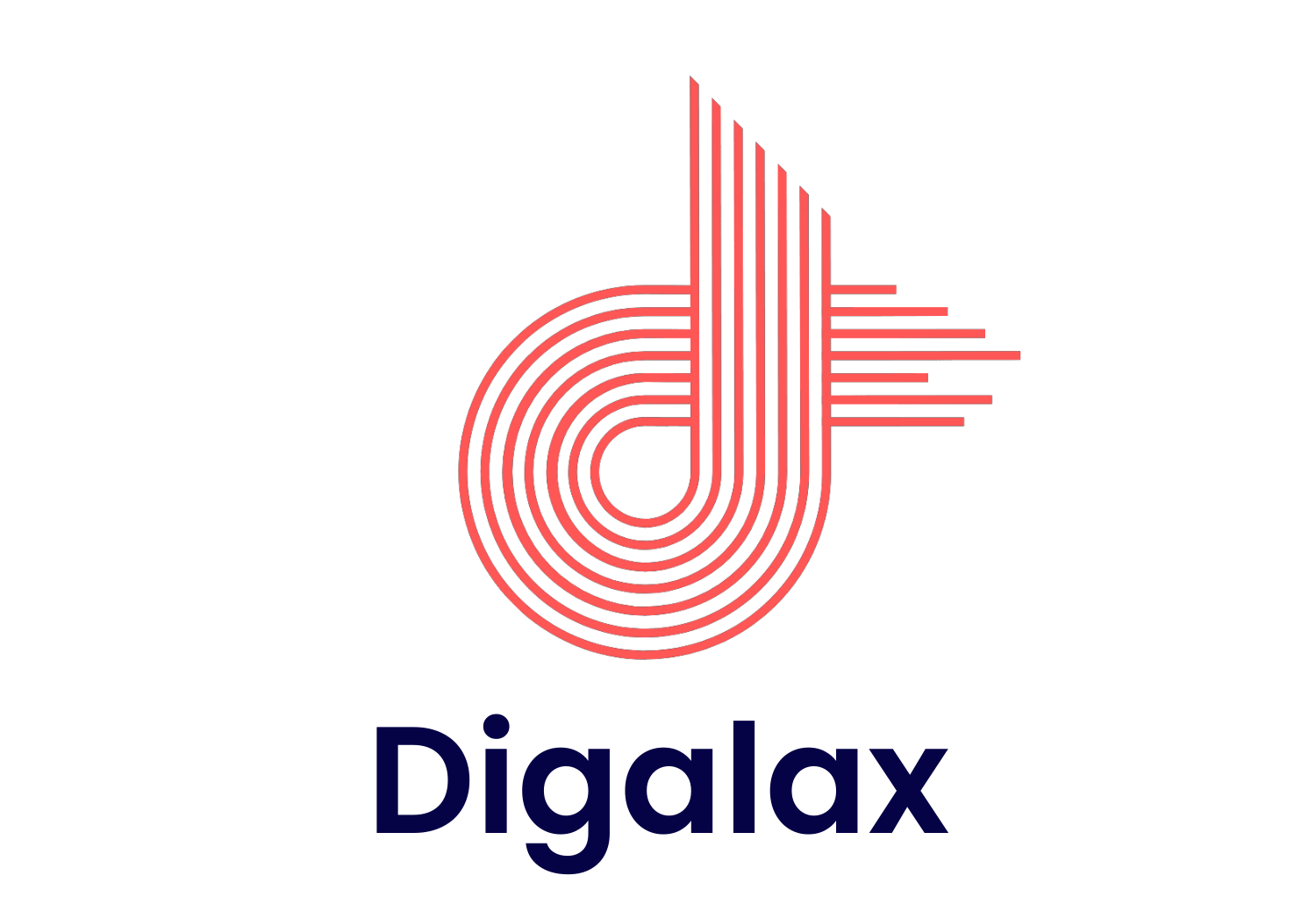Breaking Free from the 9-to-5: The Ultimate Guide to Becoming a Successful Self-Employed Freelancer
Discover the ultimate guide to transitioning from a soul-draining corporate job to self-employment.
Transitioning from a corporate job to self-employment is not an easy feat, but it can be done with the right mindset and approach. It takes courage to leave the security of a steady paycheck and venture into the unknown, but it also entails perseverance and hard work to build a sustainable freelance career.
It’s crucial to identify your passions and strengths, as well as areas where you can add value to clients or customers. Networking, marketing, and building a strong portfolio are also key factors in making the transition successful.
With dedication and determination, anyone can make the leap from a soul-draining corporate job to a fulfilling career as a freelancer.
Unlocking Your Entrepreneurial Potential Through Self-Discovery
Embarking on a journey of self-discovery is like setting sail on an uncharted sea, with no compass or map to guide you. It’s a process that requires courage, curiosity and a willingness to delve deep into the depths of your being. But as you navigate the waves of introspection, you uncover hidden treasures within yourself – insights into your values, passions and purpose.
One such treasure is the discovery of your passion for work. When you find work that ignites a fire within you, it’s like stumbling upon a buried treasure chest full of riches beyond measure. Your passion becomes the wind in your sails, propelling you forward towards your goals and dreams.
Through this alignment of your personal values and interests with your work, you gain a deeper understanding of who you are and what you truly want out of life. The pursuit of your passion allows you to explore uncharted territories within yourself and discover new strengths and talents you never knew existed.
In this way, the process of self-discovery and finding passion in your work are interconnected. They both invite you to embark on a quest to uncover the essence of who you are, and to live a life that is meaningful and fulfilling. So, set sail and let the winds of self-discovery and passion guide you to a life of purpose and joy.
Here are five of my favorite ways to learn more about yourself, before we delve into some of the more business-related strategies:
- The Enneagram: This ancient personality typing system categorizes individuals into nine different types based on their core motivations and fears. You can take a free assessment at enneagraminstitute.com.
- Myers-Briggs Type Indicator (MBTI): This assessment measures your preferences in four different areas- extraversion/introversion, sensing/intuition, thinking/feeling, and judging/perceiving. You can take the official MBTI assessment at mbtionline.com.
- StrengthsFinder 2.0 by Tom Rath: This book is an ultimate guide that identifies your top five strengths out of 34 possible themes. It also provides strategies for leveraging those strengths for better performance at work and in life.
- Emotional Intelligence 2.0 by Travis Bradberry and Jean Greaves: This book includes an assessment that measures your emotional intelligence, or your ability to recognize and manage your own emotions and those of others. It also provides tips for improving your emotional intelligence skills.
- The Big Five Personality Traits: This personality model measures five broad dimensions of personality- openness, conscientiousness, extraversion, agreeableness, and neuroticism. You can take a free assessment at bigfive.
Transitioning from a corporate job to freelancing can be challenging, but with self-awareness and curiosity, it is entirely possible. However, it’s not always easy to figure out what strategies and systems will work best for you. By learning from past experiences, aspiring freelancers can save time and energy and move forward with confidence.
Phase 1# Independent Learning: Discovering Your Path
When embarking on a career in technology, the initial focus is often centered around acquiring new knowledge. Hours are spent watching tutorials and reading books to gain familiarity with the latest developments.
However, it may become apparent that despite this accumulated knowledge, significant progress is not being made. Common obstacles include procrastination and distractions from new tools and techniques. Implementing the concept of “just in time” learning can be a solution to this challenge.
This approach involves focusing on what is needed to accomplish the current task rather than attempting to learn everything at once. Adopting this approach not only saves time but also facilitates the prompt and proficient implementation of newly acquired knowledge.
Strategies for Enhancing Skills, Combining Talents, and Targeting Learning Efforts
The world of technology is a vast and mysterious realm, filled with endless possibilities for growth and success. However, amidst the sea of information, it’s easy to feel lost and overwhelmed, drowning in an ocean of data without any direction or purpose. That’s why adopting the concept of “just in time” learning is crucial for anyone seeking to navigate these treacherous waters.
Rather than trying to absorb every bit of knowledge available, focus on what you need to achieve your immediate goals. Think of it as a compass, pointing you towards the path that will lead to success. By prioritizing implementation over accumulation, you can turn your newly acquired skills into a powerful asset that can propel you forward in your career.
This mindset is particularly important when starting your own business. Investing in education is essential, but putting that knowledge into action is what truly sets successful entrepreneurs apart from the rest. Instead of getting bogged down in the minutiae, focus on what will make the biggest impact right now. This could be anything from developing a killer marketing strategy to honing your product offerings to perfection.
By embracing the power of “just in time” learning, you’ll find yourself making more progress, achieving your goals faster, and feeling more fulfilled in your work. So, go forth and conquer the world of technology – armed with your newfound knowledge and a laser-focused approach to implementation, there’s nothing you can’t achieve!
Phase #2 Collaborative networking
Networking doesn’t have to be done in traditional ways and can be achieved online. Start by building meaningful relationships with your mentors(either by buying their course or approaching them on twitter).
By focusing on building genuine relationships with people we admire and adding value to their work, opportunities can arise that can change our lives. It’s important to approach networking with a curious and open mindset, and to understand that relationships take time and effort to develop.
Building genuine relationships with your mentors is not only a great way to learn and grow, but it can also lead to future business opportunities. As a self-employed freelancer, building a strong network of mentors who are willing to support you and refer you to their networks can be the key to success. Here are some tips on how to turn your mentors into paying clients:
Firstly, it’s important to establish an authentic connection by showing interest in their work and getting to know them on a personal level. This creates a foundation of trust that can lead to fruitful collaborations in the future.
Secondly, make sure to follow up after meetings or interactions. Send a thank you note or email, share relevant industry news, and keep them updated on your progress. This shows that you value their time and input, and keeps you top of mind for future opportunities.
Thirdly, offer value in return. Share your skills and expertise when appropriate, offer to help them with a project, or introduce them to potential clients. By being generous and helpful, you establish yourself as a valuable asset to their network.
Finally, don’t be afraid to ask for referrals or pitches. If you feel there may be an opportunity for collaboration or work, ask for an introduction or pitch your ideas. However, make sure to approach this with tact and respect for your mentor’s time and priorities.
By following these steps, you can build genuine, long-lasting relationships with your mentors that can lead to exciting new business opportunities down the line.
Phase #3 Leverage Social Media
As a self-employed individual, it is important to leverage the power of social media to promote your brand and connect with potential clients. Social media platforms such as Instagram, Twitter, and Facebook provide an opportunity to showcase your work, share your expertise, and engage with your target audience.
By creating a strong social media presence, you can establish yourself as an expert in your field and build credibility with potential clients. For example, if you are a freelance writer, you could use Twitter to share your writing tips and insights, build a following, and connect with potential clients who may be interested in your services.
Social media can also help you expand your professional network by connecting with other professionals in your industry or related fields. By engaging with others on social media, you can build meaningful relationships that could lead to new business opportunities or collaborations.
Overall, leveraging social media as a self-employed individual can help you reach a wider audience, build your brand, and ultimately grow your business.
Phase #4 Create a Self-Management Strategy
Self-management is a crucial skill for any freelancer or self-employed individual. Without a boss to keep you on track, it can be easy to get distracted and lose focus. However, with the right system in place, you can take control of your workload and increase your productivity.
One strategy that many freelancers find helpful is breaking down tasks into smaller, more manageable pieces. By doing this, you can avoid feeling overwhelmed and stay motivated as you work towards completing each task. Additionally, creating a schedule or routine can help you establish a sense of structure and discipline, which can be especially important when working from home.
Another key aspect of effective self-management is setting clear goals and tracking your progress. This can help you stay accountable to yourself and ensure that you are making steady progress towards achieving your objectives. By regularly evaluating your performance and adjusting your approach as needed, you can continue to improve your productivity and reach new levels of success.
Phase #5 Stay Adaptable
As a self-employed individual, you are responsible for your own success, which means you need to be adaptable and flexible to the changing environment. This is because changes in the market, industry, or technology can impact your business, and you need to be able to adapt quickly to stay relevant and competitive.
For instance, if you’re a freelance writer, you may need to learn new writing techniques or tools to meet the demands of modern-day clients. Similarly, if you’re running an online store, you may need to adjust your marketing strategy to reach your target audience effectively.
In addition, having a strong support system can help you stay motivated and focused when things get tough. This could include family, friends, or even other self-employed individuals who understand the challenges of entrepreneurship. You can also seek professional support from mentors, coaches, or business associations that offer resources and networking opportunities for self-employed individuals.
In summary, staying adaptable and open to change, while having a robust support system, are two key components of successful self-employment. By embracing new opportunities and learning from setbacks, you can grow your business and achieve your goals as a self-employed professional.

